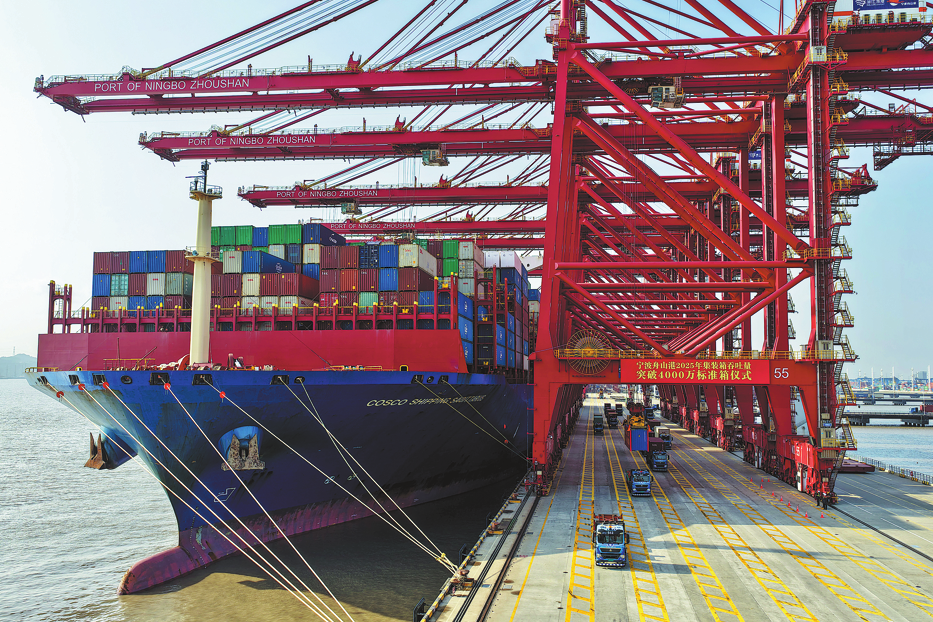Response indicates painful lessons have been heeded


A 6.4-magnitude earthquake hit Yangbi county, Yunnan province, at 9:48 pm on Friday, and less than five hours later, a 7.4-magnitude quake jolted Madoi county in Guoluo prefecture, Qinghai province, at 2:04 am on Saturday. No casualties have yet been reported from Qinghai, but at least three people had died and dozens were injured in Yunnan, according to local governments.
The two earthquakes immediately triggered the emergency response systems of relevant governments and departments. The Ministry of Emergency Management and the China Earthquake Administration sent their working groups to the two places overnight to guide and assist local rescue and relief work.
But the two places, about 1,100 kilometers apart, have experienced hundreds of aftershocks since then, causing great difficulties to the rescue work that is still underway.
Although the Madoi earthquake was the strongest the country has experienced since the devastating 8.0-magnitude Wenchuan earthquake in Sichuan province in 2008, which caused about 70,000 deaths and resulted in 17,900 people missing, the county's sparsely scattered population across a vast area of 25,300 square kilometers reduced the number of casualties. The population density of Madoi is the lowest in the country, about 0.5 persons per square kilometer.
Moreover, the country's earthquake early warning system warned Kunming, capital of Yunan, at least 70 seconds in advance of the earthquake, and the neighboring city of Dali three to four seconds in advance. The earthquake warnings issued via mobile phones, televisions and loudspeakers in public sites in Yunnan and neighboring Sichuan have offered some valuable time for people to seek refuge.
That the two places held news conferences on Saturday morning reporting the losses and the rescue work shows local governments' efforts to ensure transparency over the disaster relief efforts.
These effective responses to the two earthquakes indicate the country has learned the painful lessons of the Wenchuan earthquake, and a series of practices, mechanisms and technologies that have been introduced and applied since then have proved their value in saving lives this time.
It is to be hoped that the mobile internet, 5G, big data, cloud computing, artificial intelligence technologies, and advanced equipment such as unmanned aerial vehicles can be widely used in the future earthquake pre-warning and rescue work to further improve the performance of the emergency response system.


































